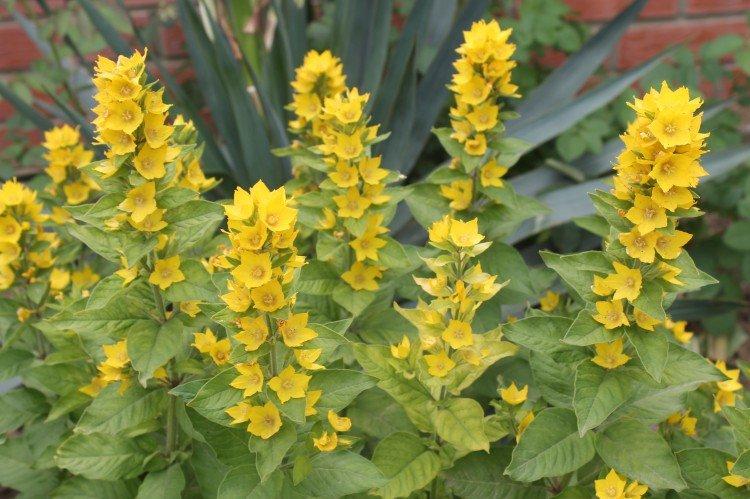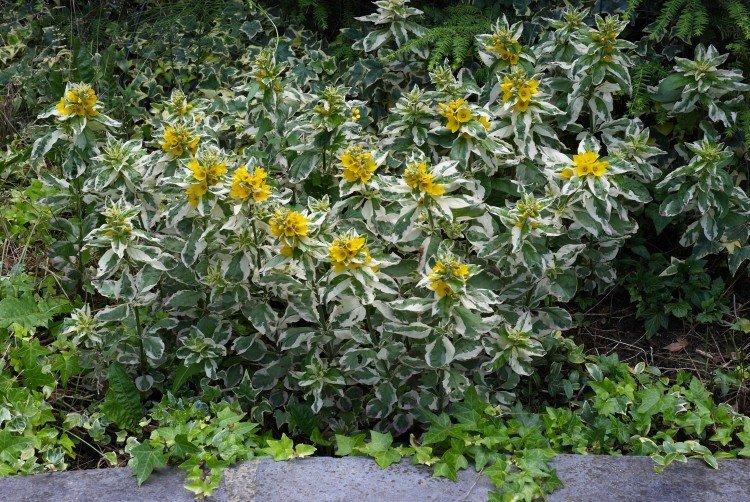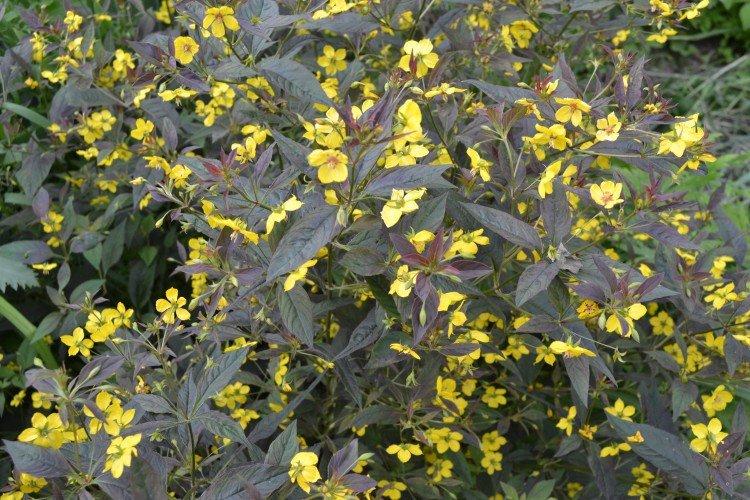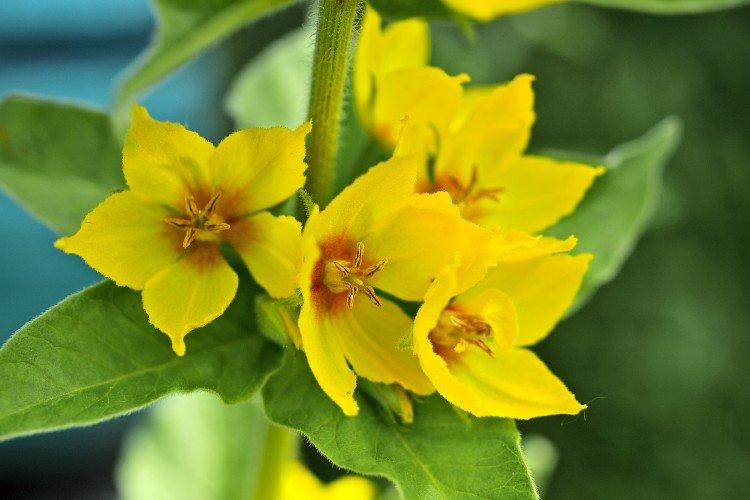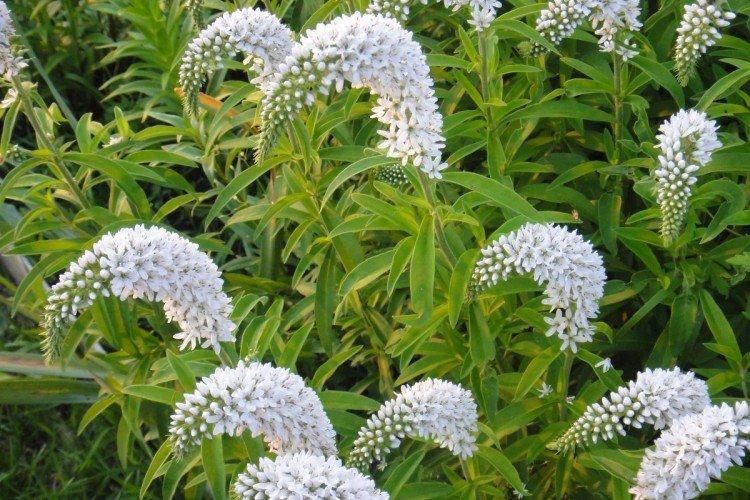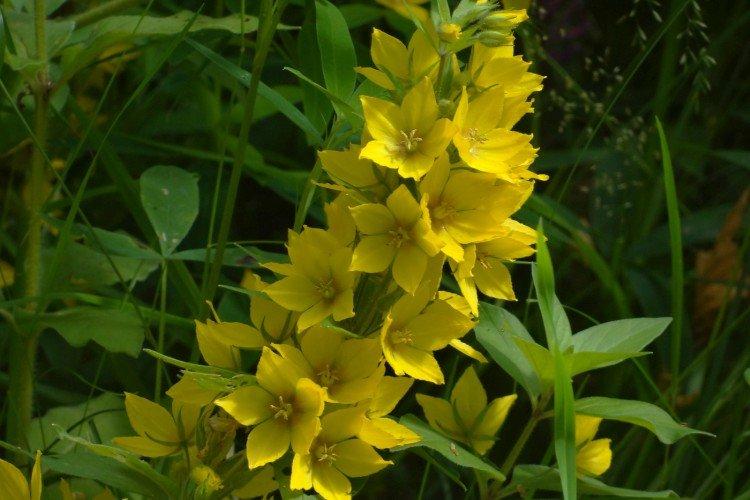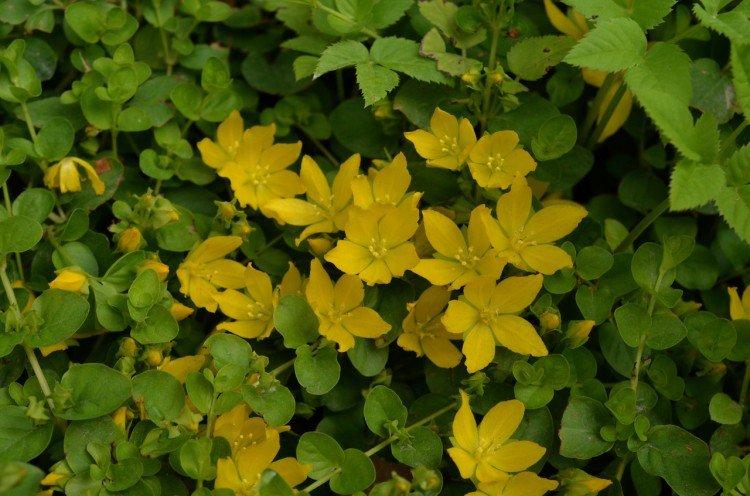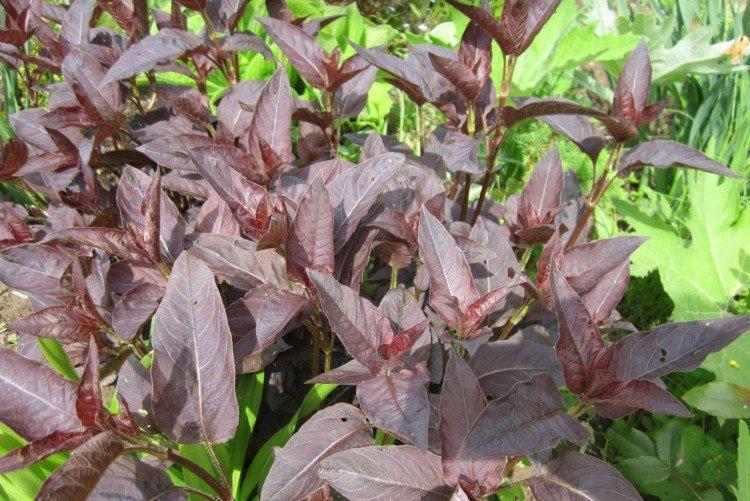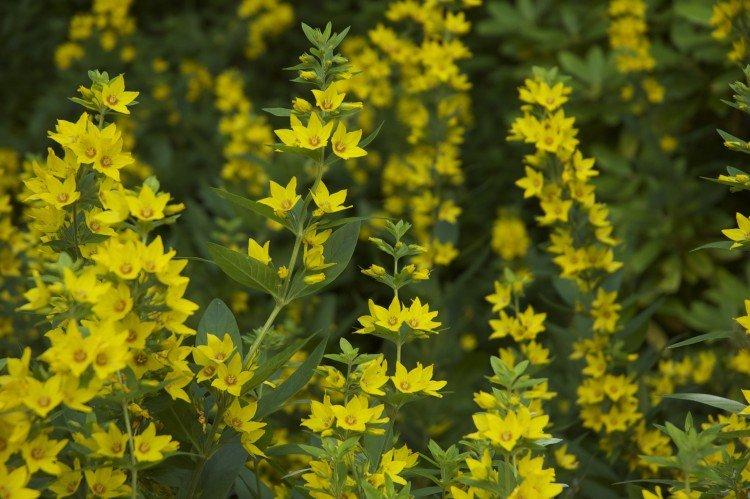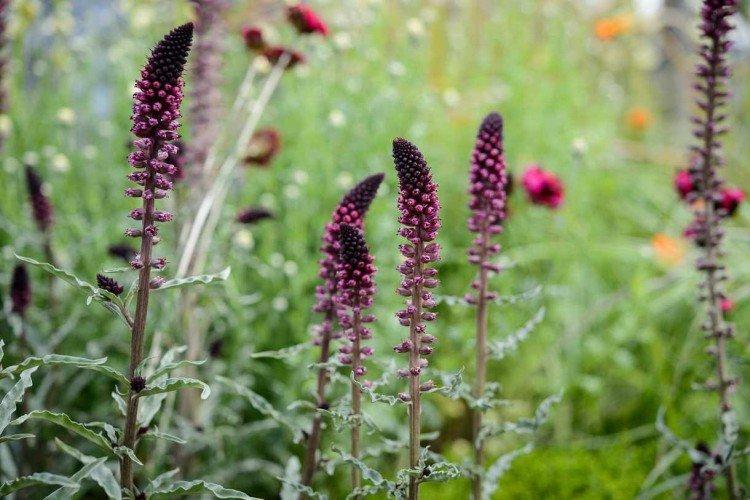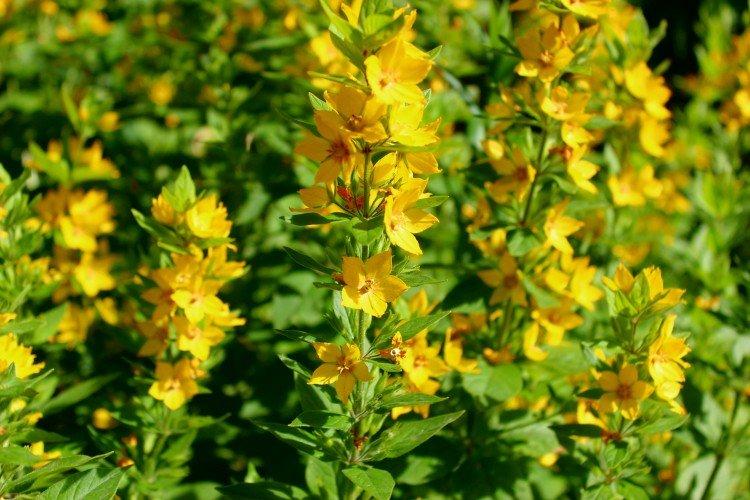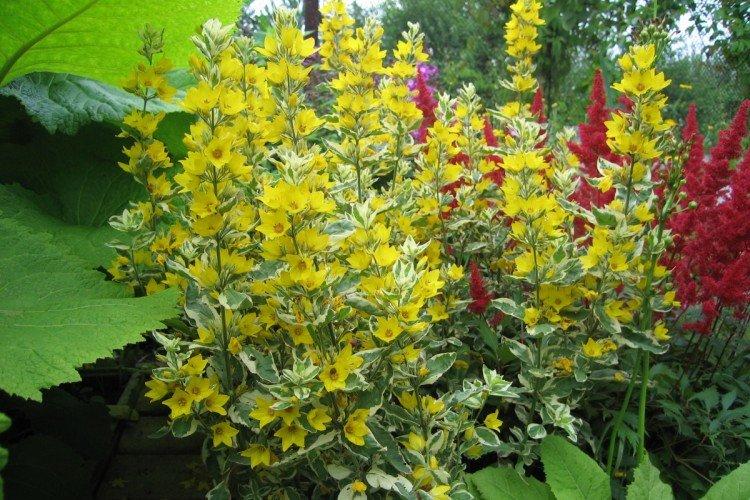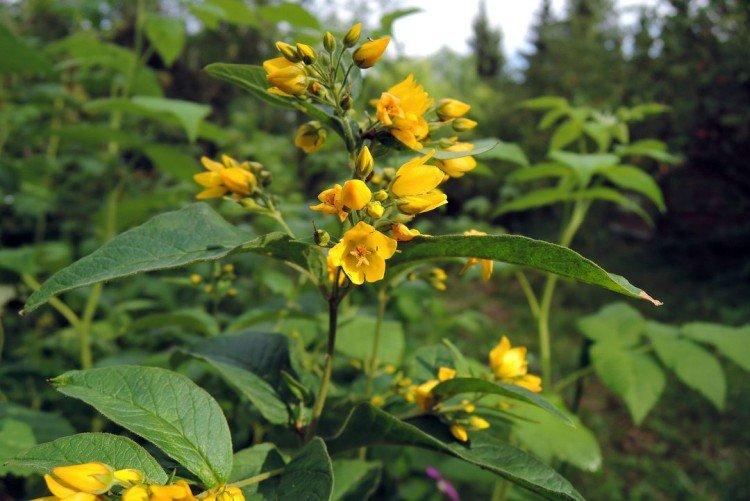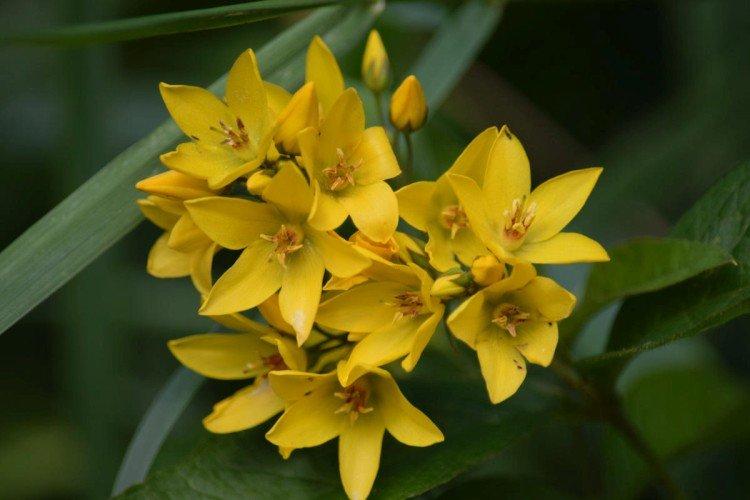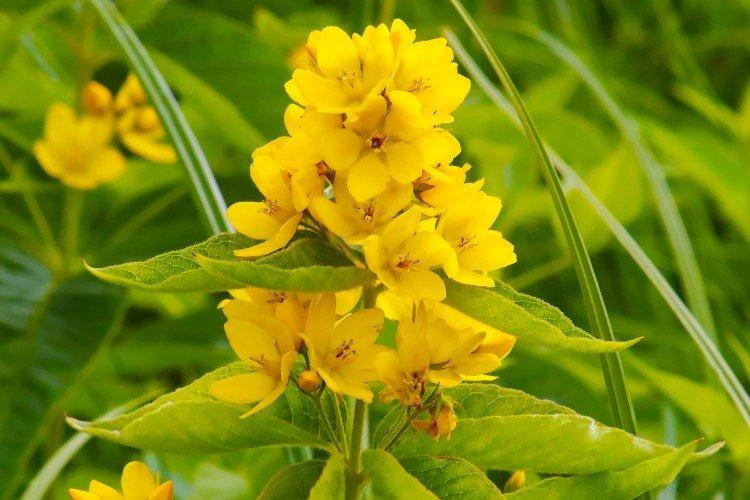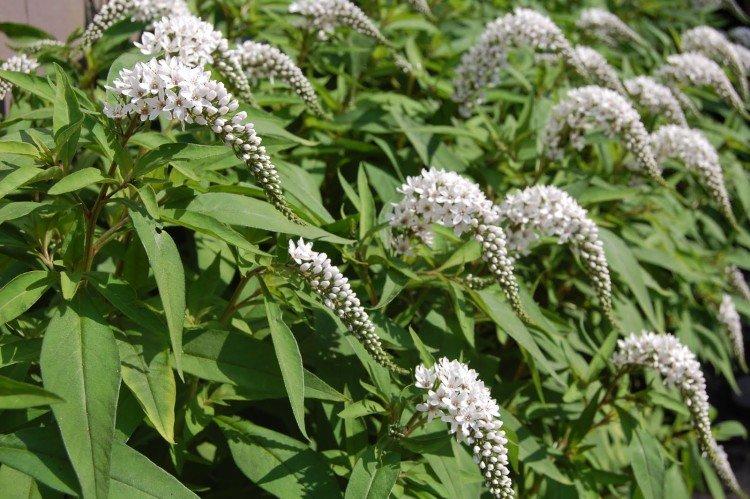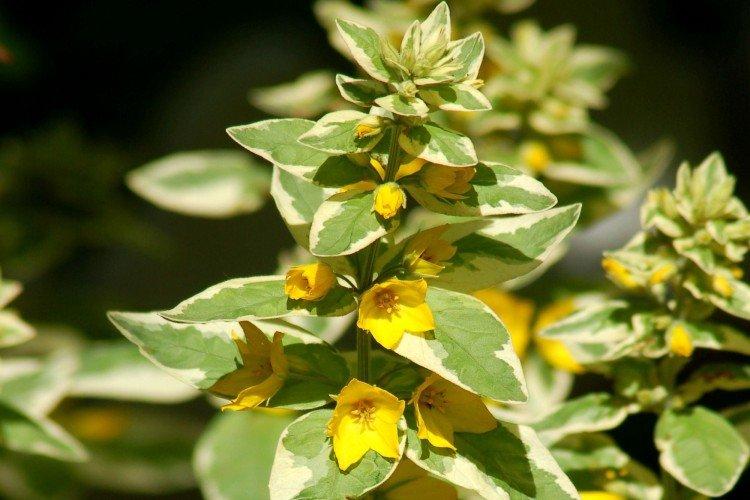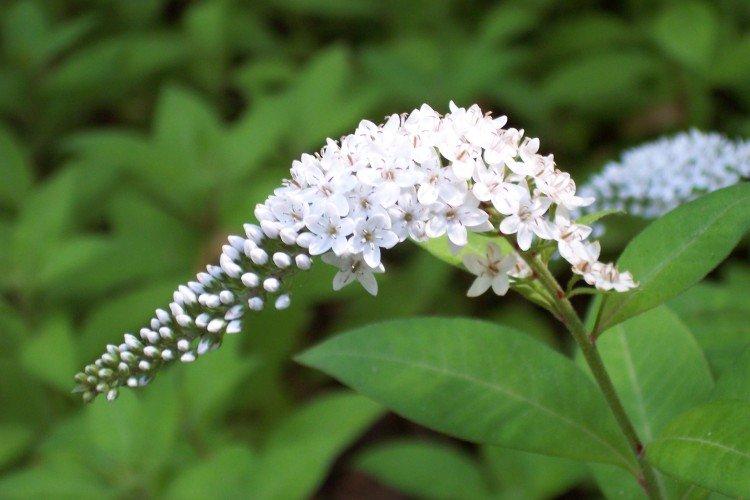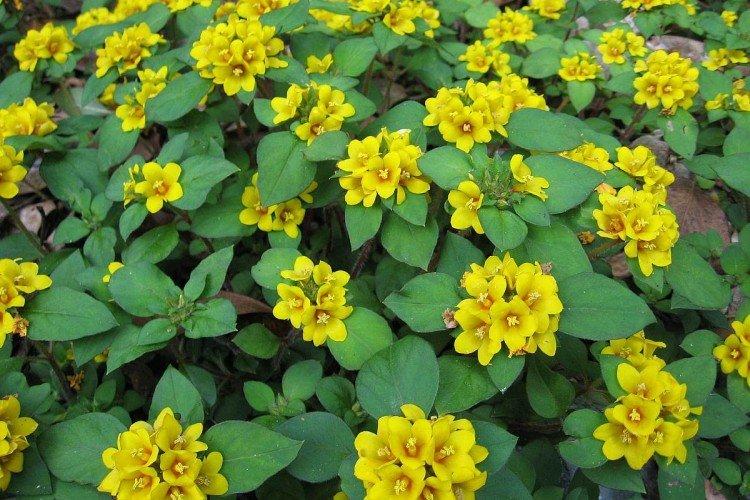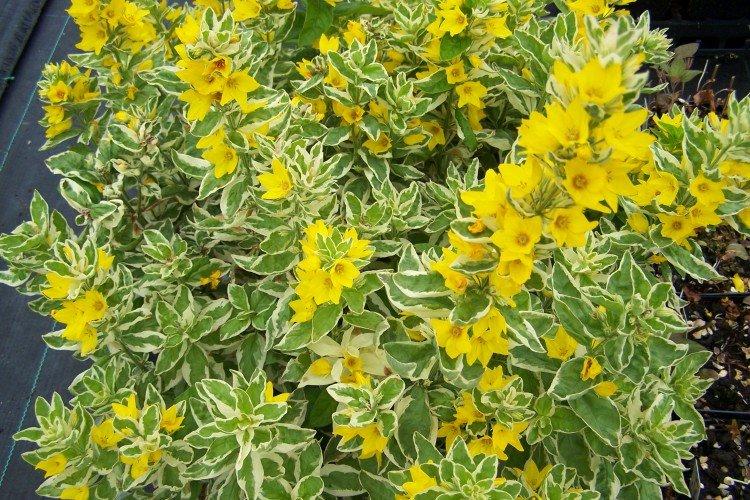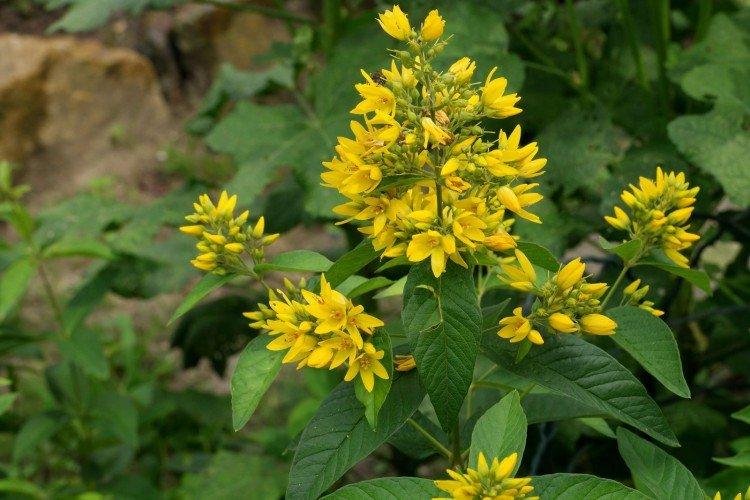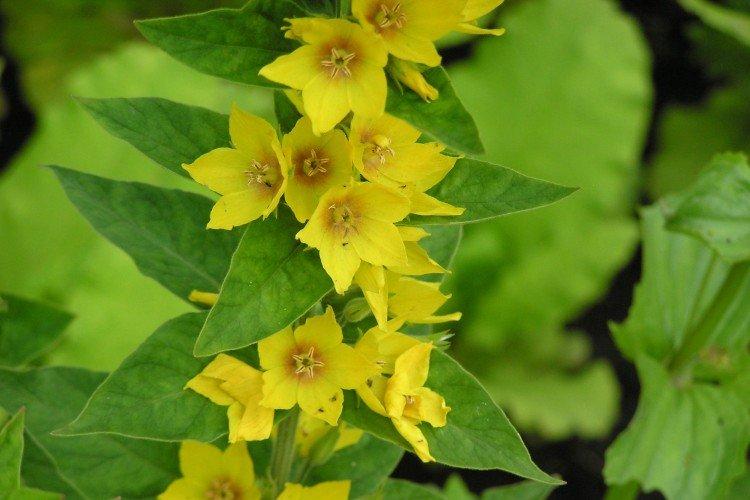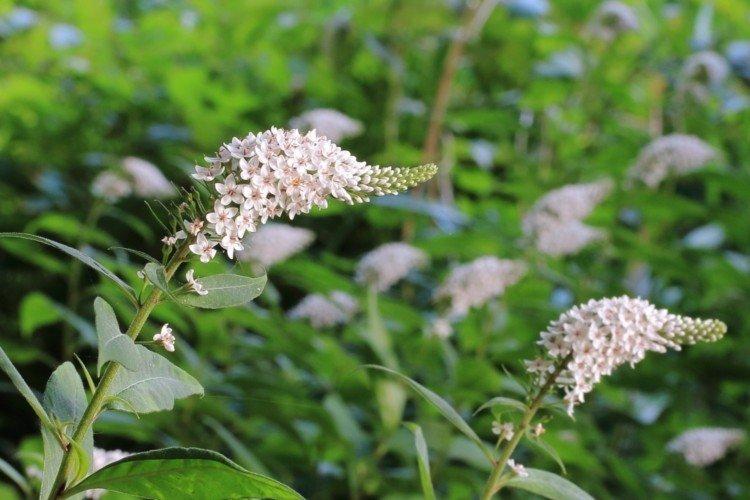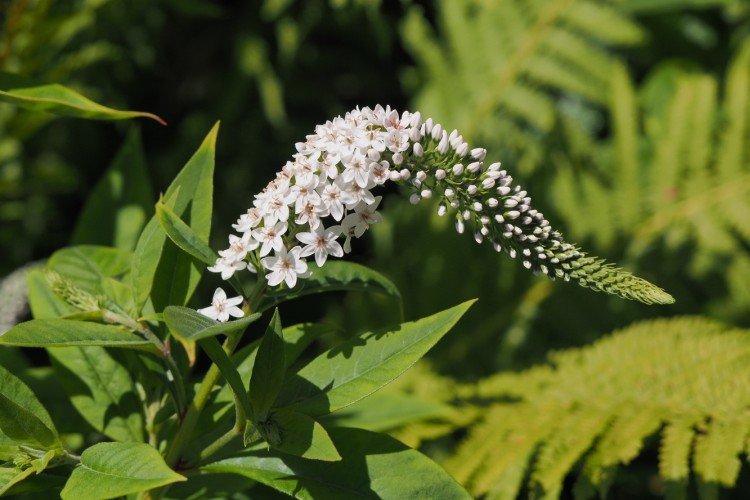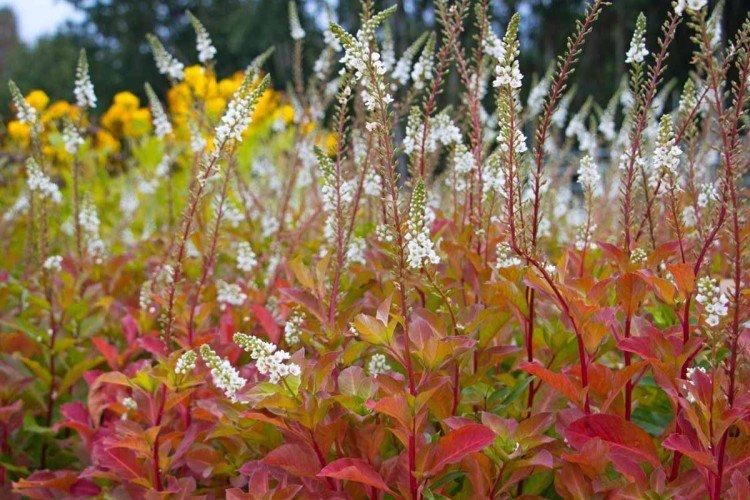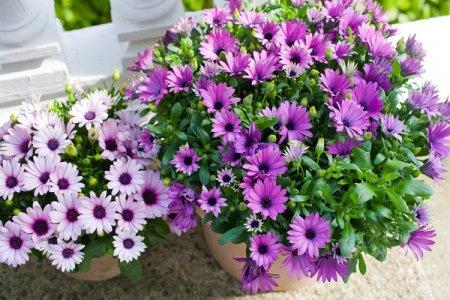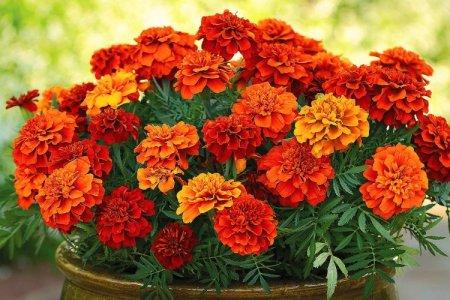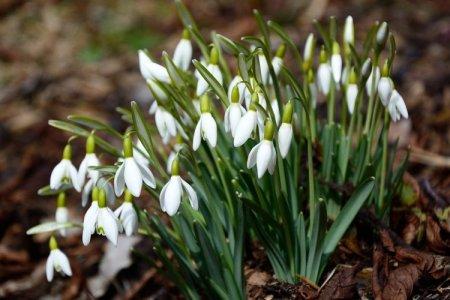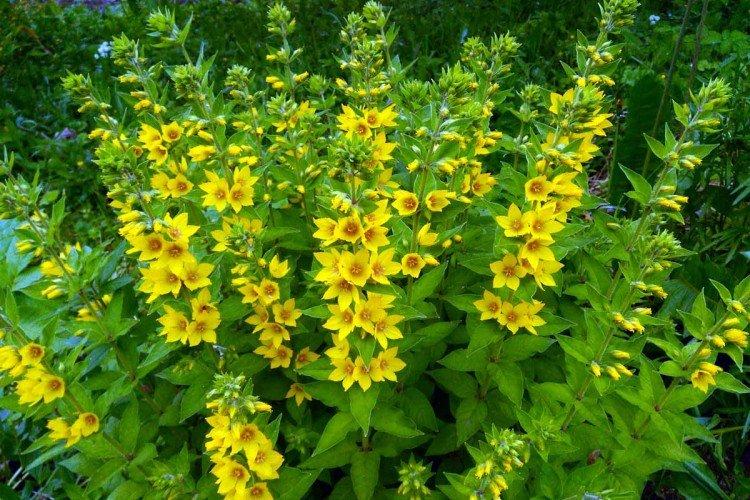
It seems that every single flower in the lush inflorescences of loosestrife is a tiny sun. Perhaps this is one of the most lush flowering plants in the garden and on the site. And today we want to introduce you to him better. Let's talk about the varieties, planting specifics and care features!
general information
Verbeynik is a large and varied genus of herbaceous primroses. It got its name from the shape of the leaves, which look like a willow. Various varieties of loosestrife are common all over the world: from China to South Africa, from the Caucasus to North America.
Loafers can be anything you like: annuals and perennials, erect and creeping, with different shapes of leaves and inflorescences. There are varieties with lush flower panicles and single buds. But with shades, everything is simpler: mainly, these are yellow, white and pink.
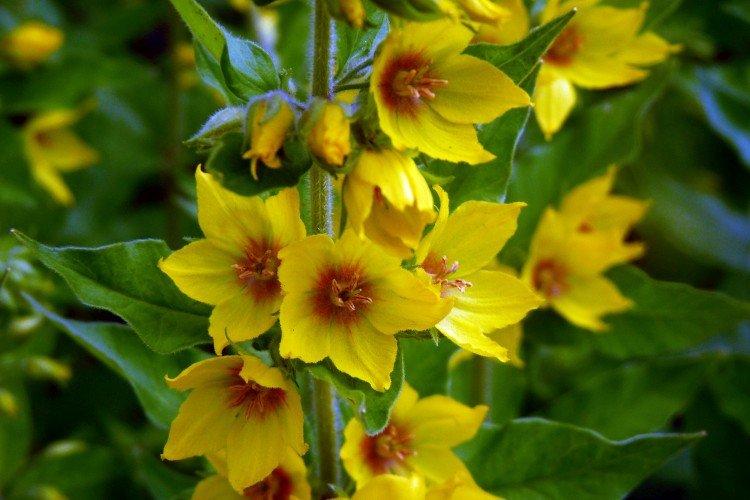
Types of loosestrife
There are over 100 varieties of loosestrife, but we will only go through the main ones. In particular, on those that are popular among gardeners in our latitudes!
Common loosestrife
A tall perennial with a straight stem, oval leaves and bright yellow flowers. It prefers moist shady areas and can even live in shallow water.
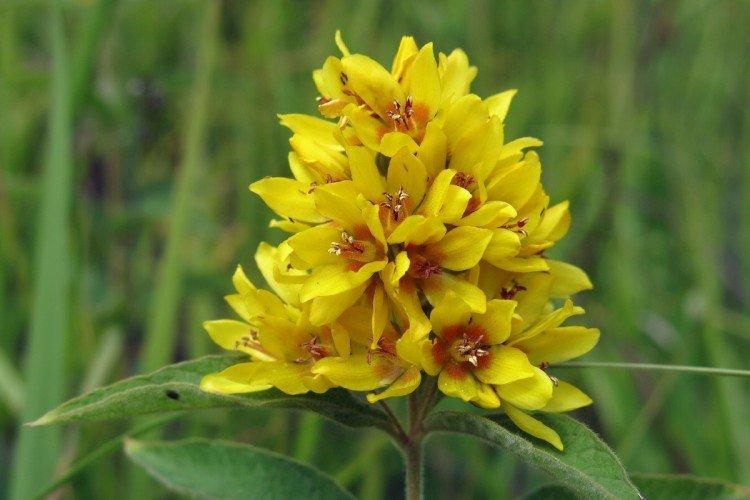
Lily of the valley
The same species with tiny white flowers that resemble lilies of the valley. This is the most capricious variety of loosestrife, but at the same time, the tall, up to 1.2 m, bushes are very beautiful.
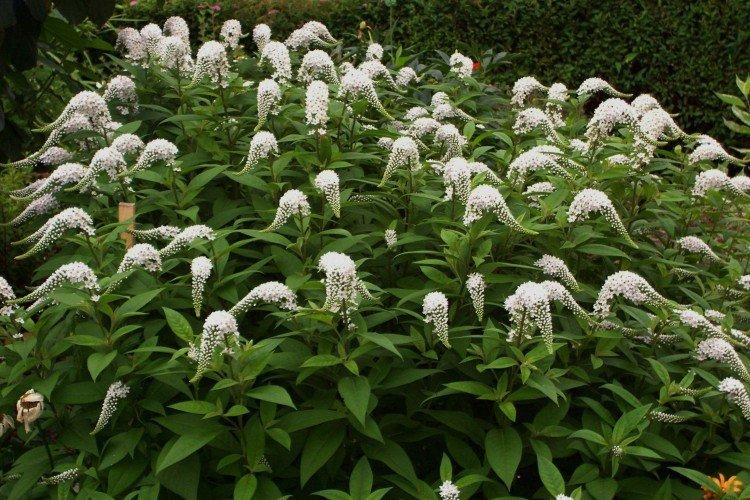
Dotted loosestrife
A very decorative species that forms beautiful lush bushes with dense inflorescences. In addition to star-shaped bell buds, it is also notable for its variegated leaves.
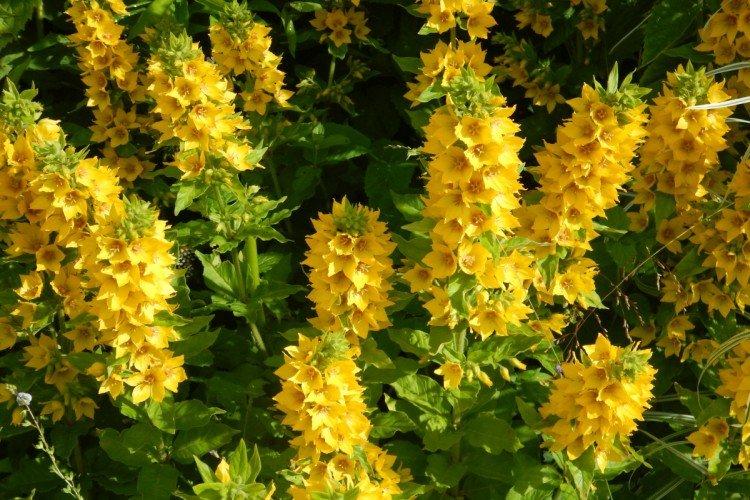
Purple loosestrife
This perennial is prized for its decorative leaves with a spectacular red tint. Its yellow flowers, which bloom towards the end of summer, seem even brighter.
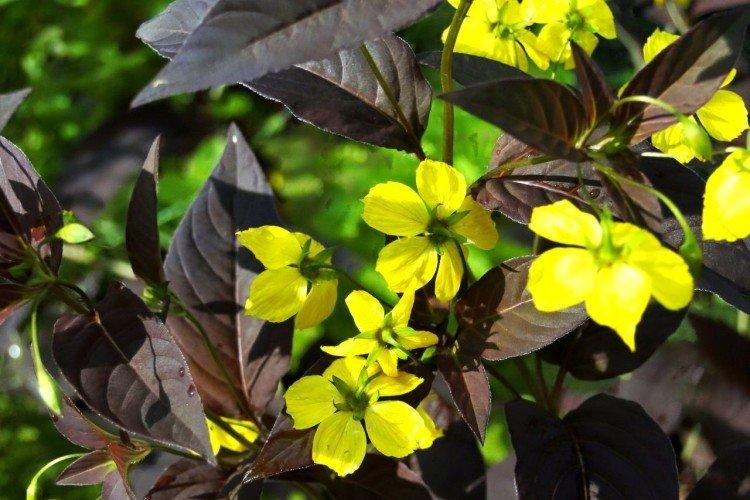
Coin loosestrife
Its small, only up to 2.5 cm, oval leaves resemble coins. There are no such tall pyramidal inflorescences here, and the buds are located singly. This species grows fantastically fast and strongly.
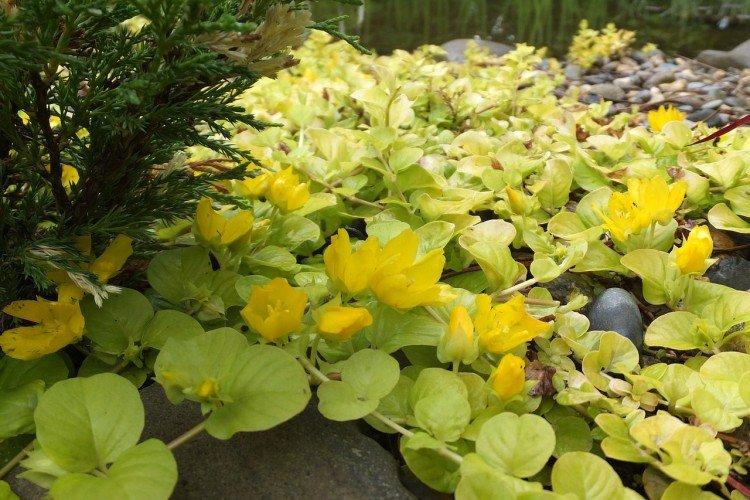
Black and purple loosestrife
Unlike regular purple, black-purple loosestrife has regular green leaves with a bluish tint. But the inflorescences-spikelets are of the original burgundy color.
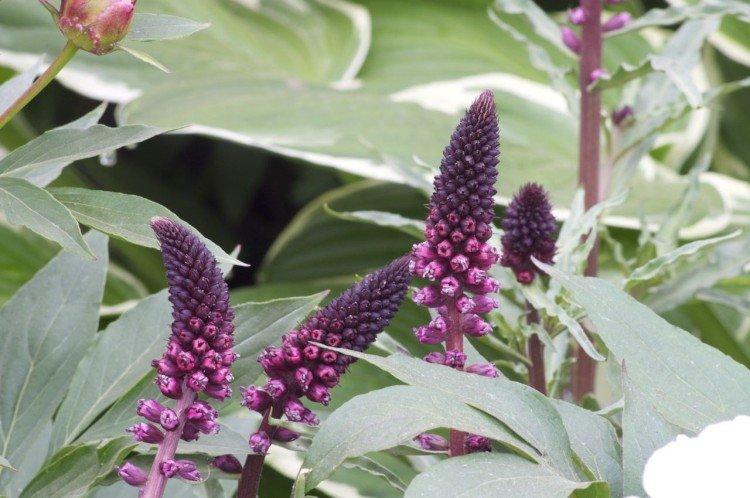
Loose grass care
Verbeynik is not the most decorative and impressive garden flower. But he is loved for its unpretentiousness and very lush long flowering. This is a good option for inexperienced gardeners or those who do not want to spend a lot of time and effort on flower beds.
Temperature
Verbeynik easily tolerates sudden changes in temperature and does not cause problems. The best conditions for growth are around +22 degrees. For the winter, flowerpots and containers are moved indoors. And winter-hardy varieties in the open field must be cut and covered.
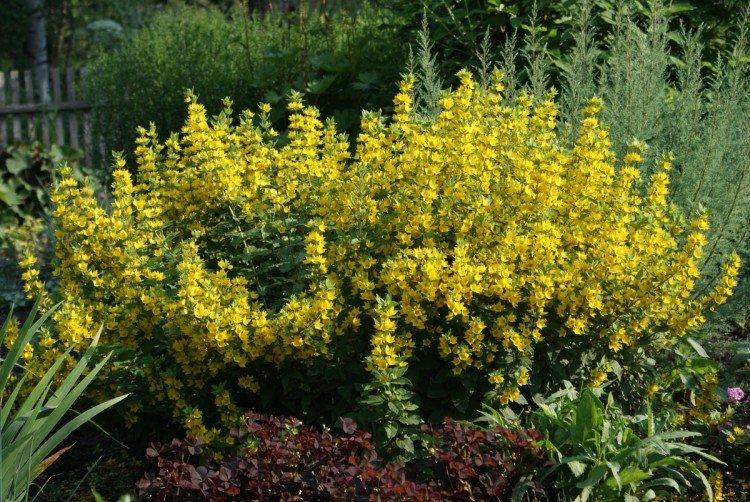
Lighting
The vast majority of loosestrife varieties prefer shade or partial shade. Only rare varieties like purple need good lighting.
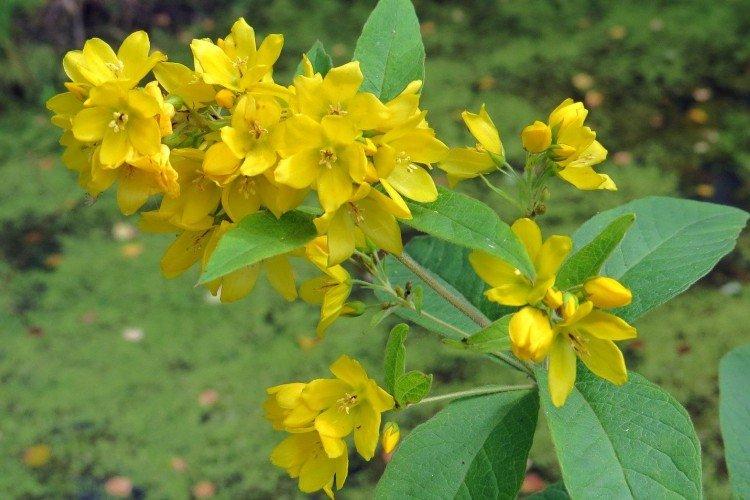
Soil and watering
Verbeinik needs high humidity, so it is better to choose a site in loose moist soil and a close occurrence of groundwater. Moreover, it can be planted directly into a shallow body of water to a depth of 10 cm. Avoid only clayey areas. Watering, accordingly, depends on the planting site.
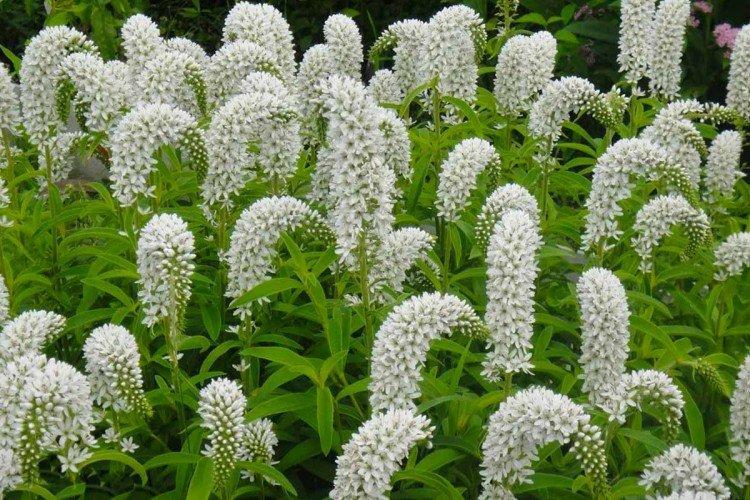
Fertilizers and feeding
The verbeynik does not need to be specially fed, and moreover, it can be destructive. It is enough to dig up the soil with fertilizers a couple of months before planting and add a little humus by the end of autumn.
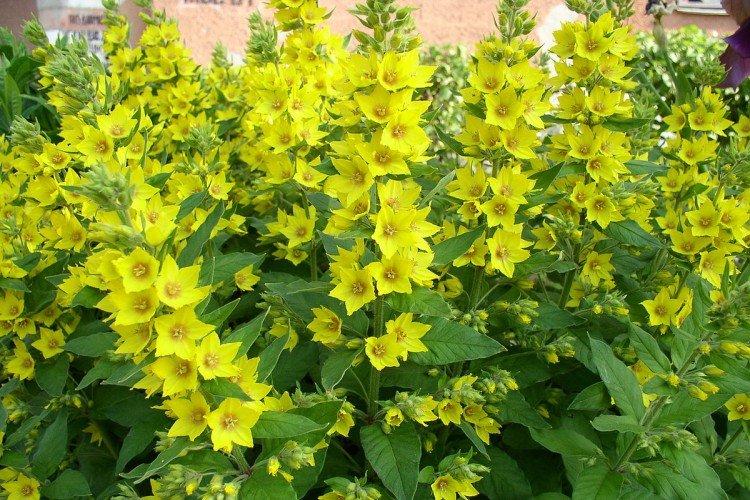
Landing restriction
The verbeinik very quickly and aggressively captures the territory, so you need to immediately limit the area for it. You can use special restraints, metal mesh, or even unnecessary slate sheets.
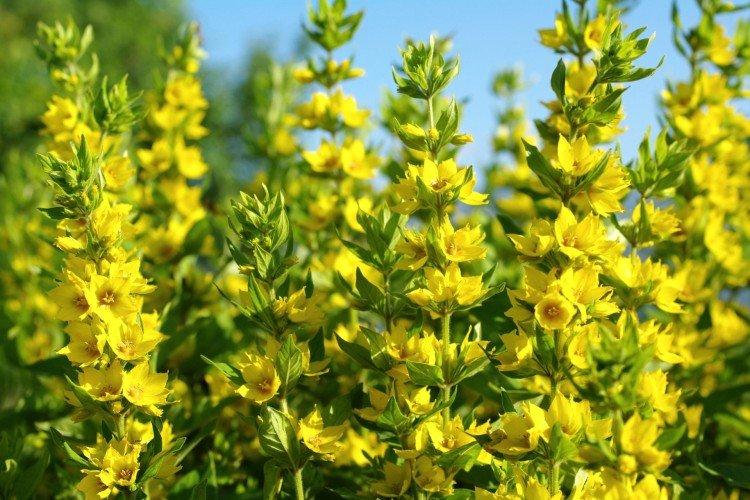
Transfer
It is recommended to transplant a perennial loosestrife on the site at least once every few years. It grows quickly and builds up children, therefore, to preserve its decorative properties, it must be resettled. This is done at the very beginning of spring or in autumn after leaf fall.
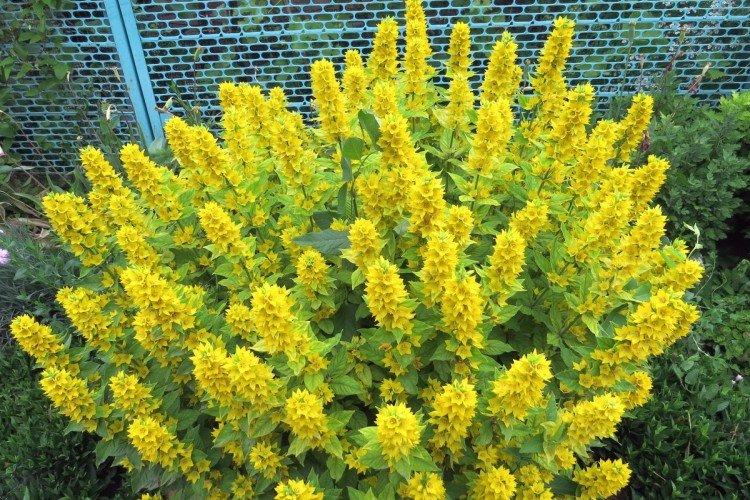
Planting and breeding
Loafers can be propagated by seeds directly into open ground in early summer or September. The first shoots appear in about 1.5-2 weeks under the film, and as they grow, they can be dived. The distance between the bushes should be at least 50 cm. But when propagating by seeds, it is more difficult to maintain varietal characteristics, and the bush will begin to bloom only after a couple of years.
You can propagate the loosestrife by cuttings about 10-20 cm each. It is convenient to leave them after pruning in the fall or spring. The cuttings are rooted in water and transplanted into moist, loose soil immediately to a permanent place.
You can also split up a mature shrub. Roots and several stems should remain on each division. The care is no different from the usual daily care of adult plants. Another plus of this method is that the plant will bloom in the next season.
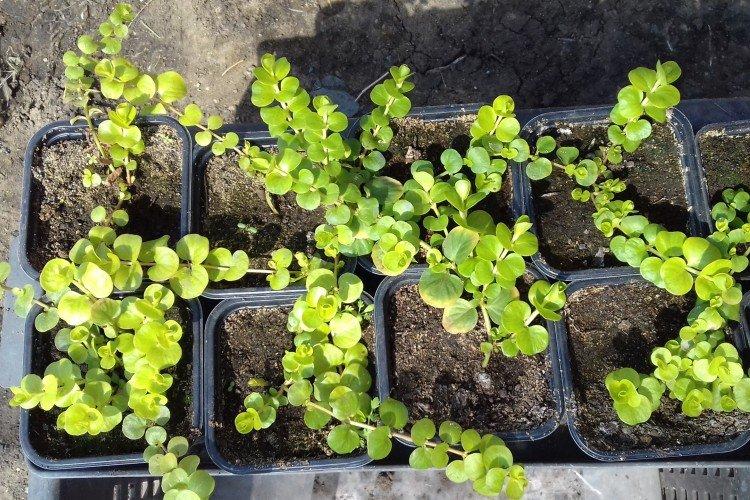
Looseweed pests and diseases
The loosestrife has tremendous resistance to diseases and pests. So if you follow the basic care guidelines, there will be no problems. The only insect that is very partial to the loosestrife is aphids, but insecticides help from it perfectly.
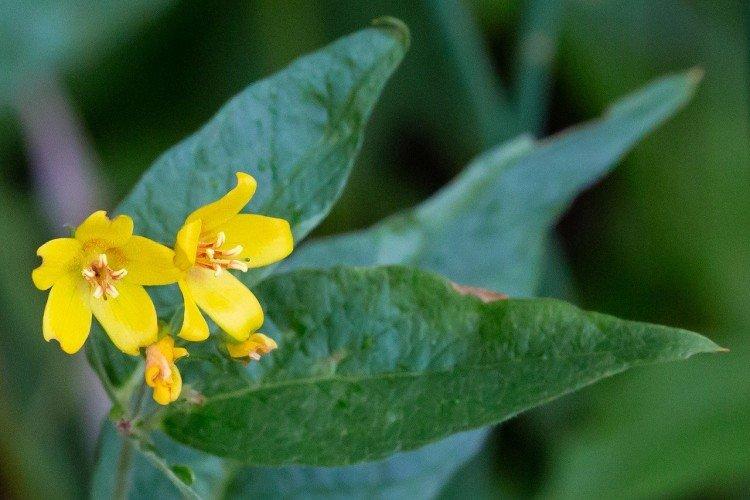
Verbeinik - photo
Still wondering if you need such a flower in your garden? Then let this photo selection be the final argument in his favor!
